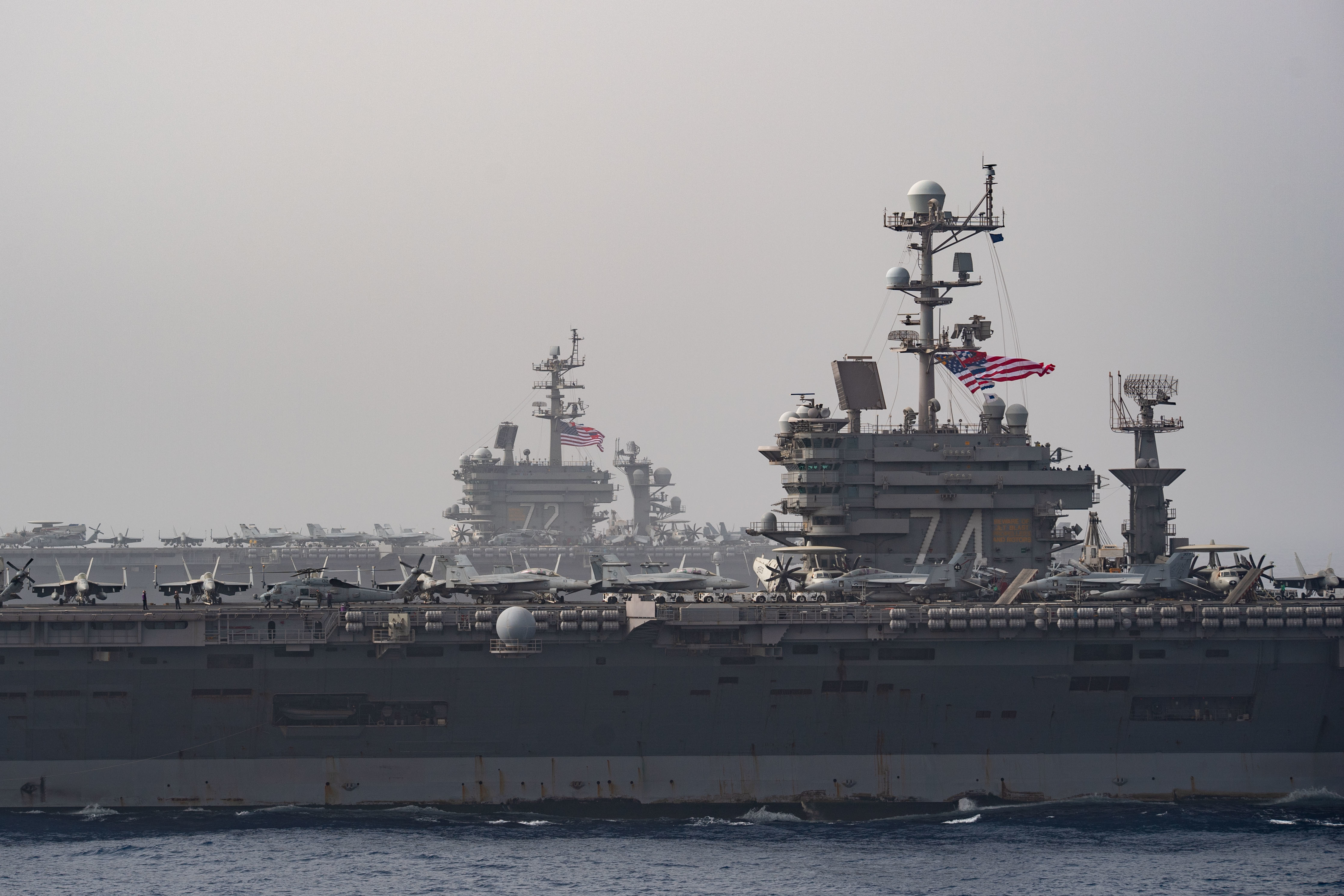
Massive 2021 U.S. Naval Drills Will Include Multiple Carriers and Amphibious Ready Groups
The Navy and Marine Corps plan to conduct a large scale exercise involving multiple strike groups and multiple numbered fleets…
Copyright 2024 U.S. Naval Institute. All Rights Reserved.